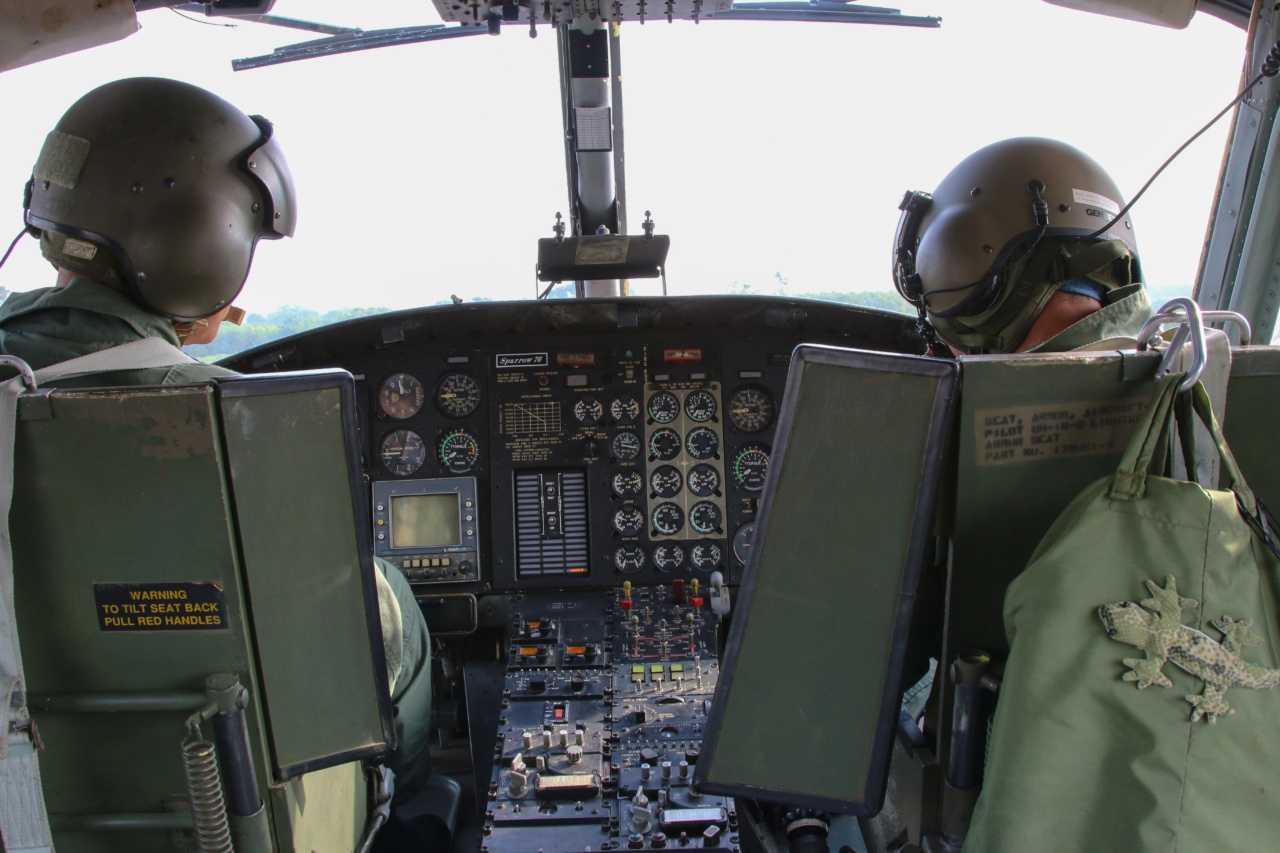Traveling during pregnancy can sometimes be a cause for concern, especially when it involves air travel.
While many pregnant women may worry about the potential risks associated with flying, it is generally considered safe for most pregnant women to fly. However, there are a few precautions and guidelines that should be followed to ensure a comfortable and safe journey. In this article, we will discuss how you can fly safely when you’re pregnant.
1. Consult Your Healthcare Provider
Prior to planning any travel, it is always advisable to consult your healthcare provider, especially if you have any complications or a high-risk pregnancy.
Your healthcare provider will be able to assess your individual situation and advise you on whether air travel is safe for you.
2. Consider the Timing
During the first trimester, many women experience morning sickness and fatigue. It may be wise to plan your trip during the second trimester when the chances of complications are lower and generally women feel more energetic.
However, every pregnancy is different, so listen to your body and choose a time that works best for you.
3. Choose a Suitable Seat
When booking your flight, try to reserve a seat that offers the most comfort and convenience. Opt for an aisle seat which allows easier access to the restroom and provides more legroom to stretch your legs.
Additionally, considering booking a seat near the bulkhead, as it can provide more space for you to move around.
4. Stay Hydrated
One of the key elements of a safe and comfortable flight is to stay hydrated. Dehydration can lead to contractions or cause discomfort during the flight.
Drink plenty of water before, during, and after the flight to ensure your body remains hydrated and to minimize the chances of swelling and cramping.
5. Wear Comfortable Clothing
Choosing loose and comfortable clothing is essential for a pleasant flight experience when you’re pregnant. Opt for breathable fabrics that don’t restrict movement and avoid wearing tight waistbands.
You may also consider wearing compression stockings to reduce the risk of blood clots during the flight.
6. Move Around Regularly
During a long flight, it is important to get up and move around regularly to improve blood circulation. Take short walks up and down the aisle, flex and extend your feet, and stretch your legs whenever possible.
This will help prevent blood clots and minimize leg swelling.
7. Pack Essentials in Your Carry-On
Ensure you have all the necessary essentials in your carry-on bag.
This includes any required medication, a copy of your prenatal medical records, comfortable pillows for additional back or neck support, healthy snacks, and anything else that will make your flight more comfortable.
8. Be Mindful of Radiation Exposure
While the amount of radiation exposure during a single flight is considered minimal, it is recommended to be cautious, especially if you frequently travel by air.
To minimize radiation exposure, you can request an aisle seat away from the windows or wear clothing that offers UV protection.
9. Follow Airline Guidelines
Each airline may have specific guidelines regarding travel during pregnancy. It is important to familiarize yourself with these regulations prior to your flight.
Some airlines may require a medical certificate from your healthcare provider, while others may restrict travel after a certain gestational age.
10. Take Precautions against Illnesses
Pregnant women may be more susceptible to certain illnesses, so it is crucial to take necessary precautions, particularly during air travel. Wash your hands frequently with soap and water or use hand sanitizer.
Avoid close contact with sick passengers and consider wearing a face mask to minimize exposure to airborne illnesses.
Traveling by air during pregnancy can seem daunting, but with the right precautions and proper planning, it can be a safe and comfortable experience.
Remember to listen to your body, consult your healthcare provider, and make informed decisions for a worry-free journey.































